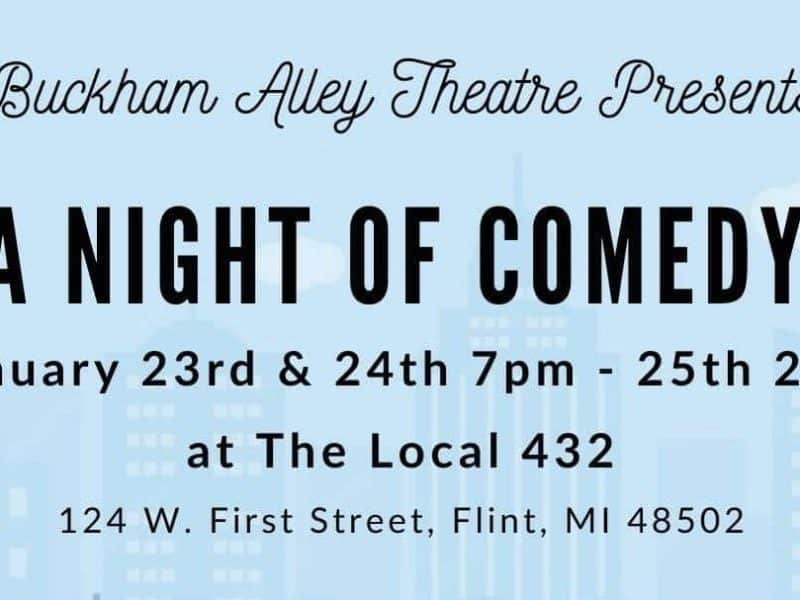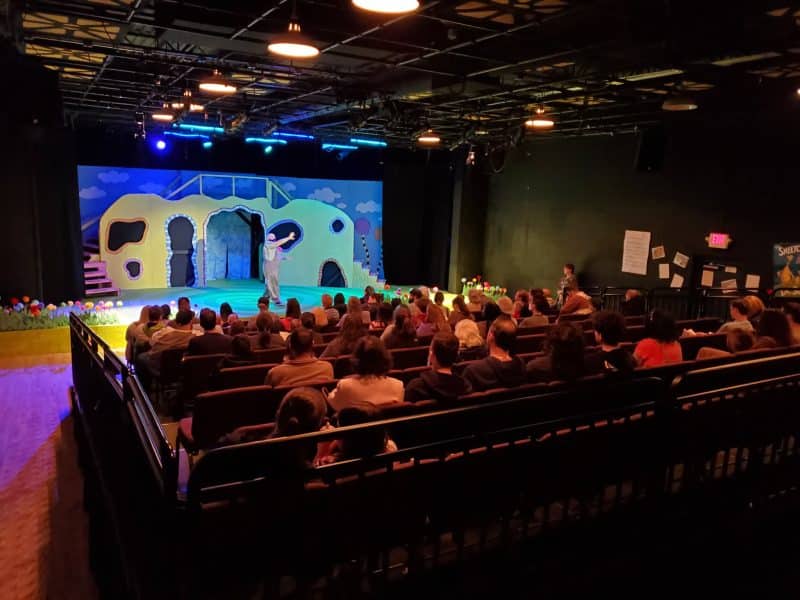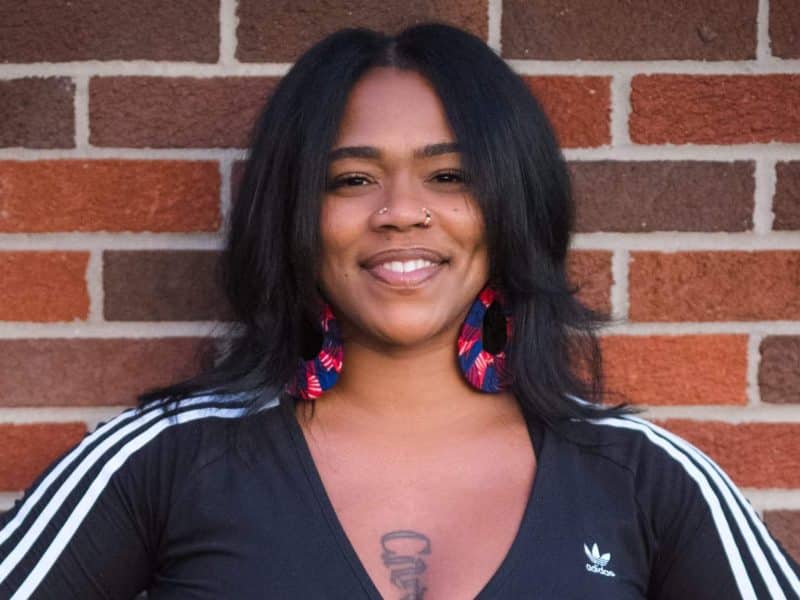Flint native Ashton Edwards redefines ballet and does it all “en pointe”
Through hard work, determination, and the support of his family, Edwards moved from Flint to Seattle, Washington, to join Pacific Northwest Ballet’s (PNB) elite Professional Division, where he intends to upend traditional ballet standards.
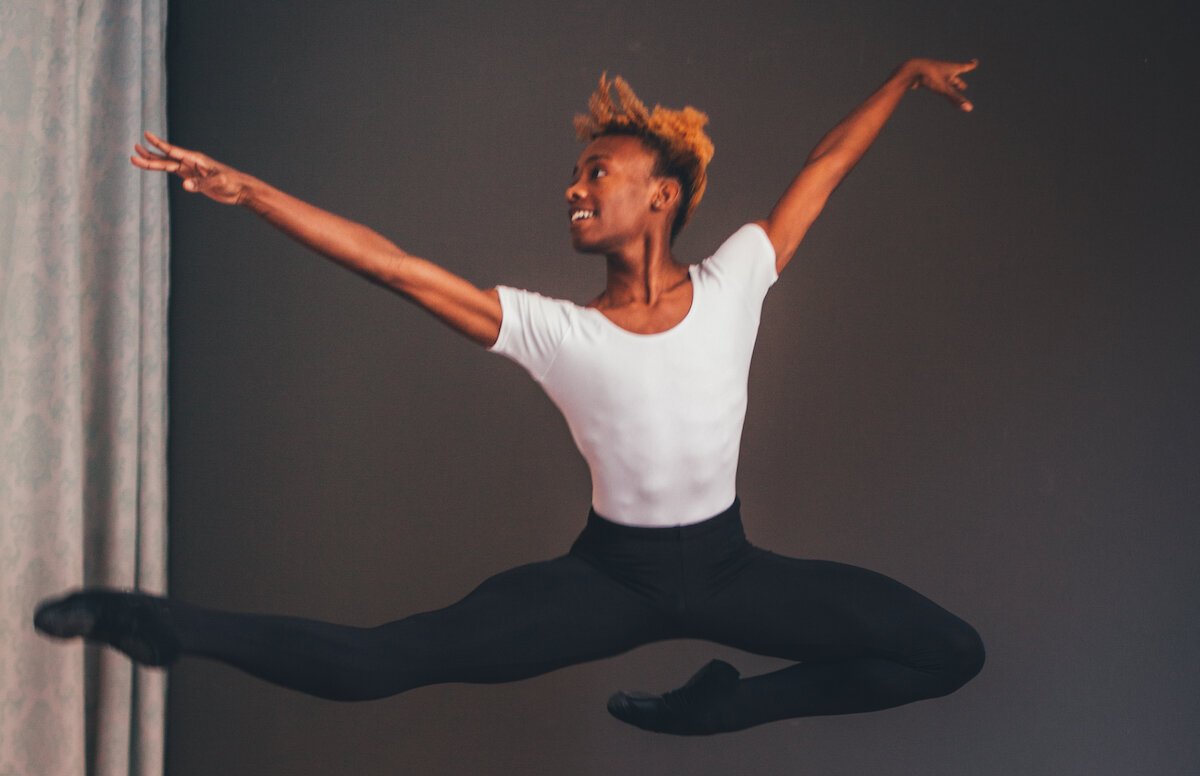
FLINT, Michigan — In the world of ballet, 18-year-old Flint native Ashton Edwards is the exception and not the norm. With style, dignity, and grace Edwards has jumped, leaped, and asserted his way into a majorly white-dominated profession. He’s done it all while Black and queer—both in terms of his sexuality and gender. From the age of three, Edwards fell in love with ballet taking classes at the Flint Institute of Music and landing a spot in the famed ballet act, The Nutcracker.
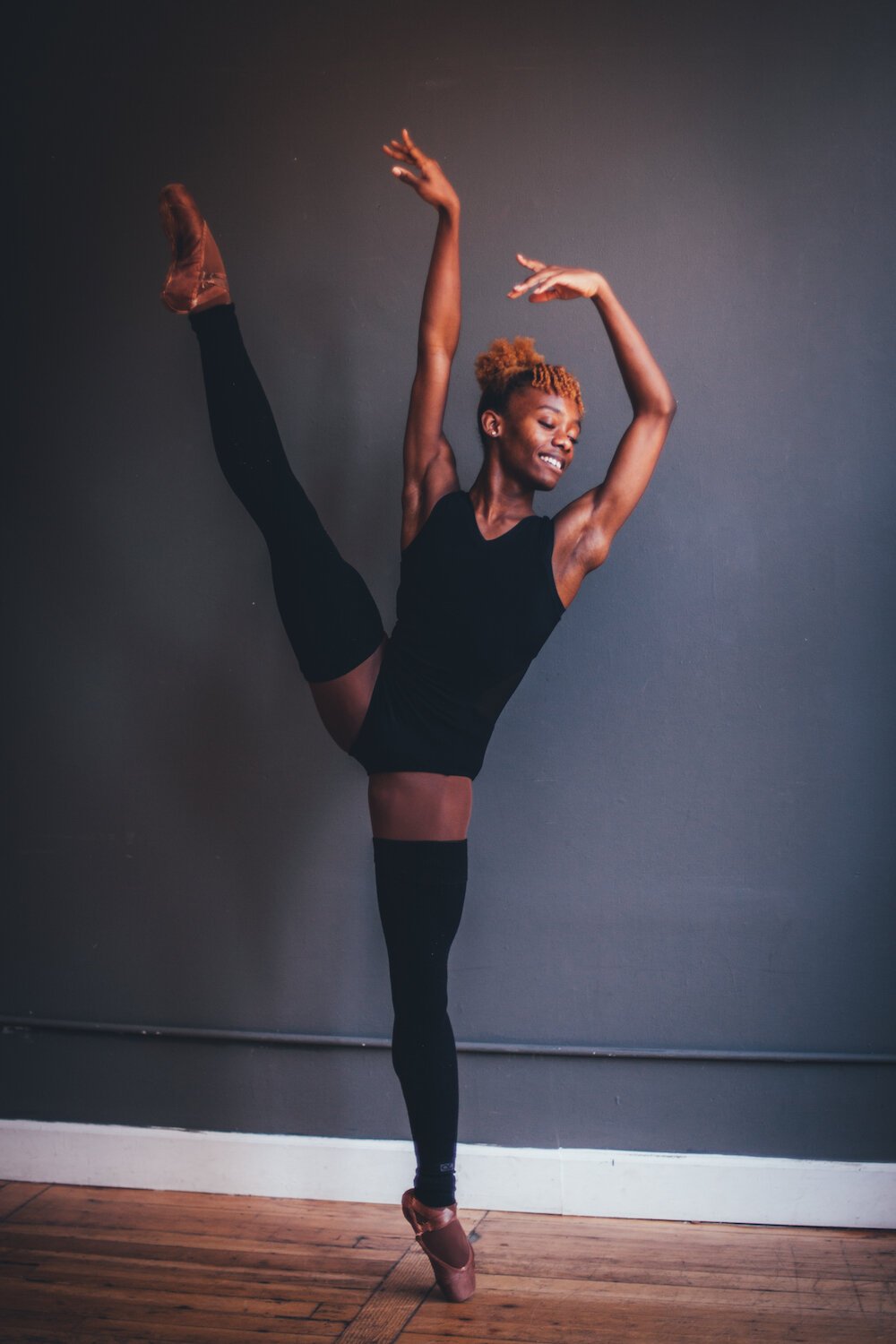
Through hard work, determination, and the support of his family, Edwards moved from Flint to Seattle, Washington, to join Pacific Northwest Ballet’s (PNB) elite Professional Division, where he intends to upend traditional ballet standards and make space for new generations of ballet dancers.
On break in between classes, Edwards sat down with Flintside to discuss breaking barriers, queer identity and adding to Black ballet dancers’ legacy.
Flintside: You don’t hear stories about people doing ballet in Flint. How did that happen?
Edwards: “I knew when I was three-years-old that I needed to be a dancer. That was who I was—that’s who I connected with. It just so happened that there was a school field trip to the Flint Institute of Music. They had all the kids try different instruments, dance, acting, and singing. I’d seen The Nutcracker the year before because we do it in Flint. I saw these professional ballet dancers, and they were all Black. When I got the opportunity to dance, I danced my heart out. That’s how I started.”
Flintside: How did your family feel about you pursuing ballet as a profession?
Edwards: “My mom recognized that boys did ballet too. There were a couple of other guys in my class, so she accepted it. She was driving me to [practice], doing my hair for performances and things for auditions. Growing up, because I had so many brothers, it was easy that [ballet] was my after-school activity. It became the thing I did on Saturdays, and then it became my everyday.”
Flintside: Ballet is a very white-dominated profession. Schools don’t teach us about prolific Black ballet dancers like Arthur Mitchell, Albert Evans, Lauren Anderson, and Misty Copeland—much less Black and queer ones. You could’ve applied for a predominately Black company like the Harlem Ballet Theatre. What made you choose and stay with Pacific Northwest Ballet (PNB)?
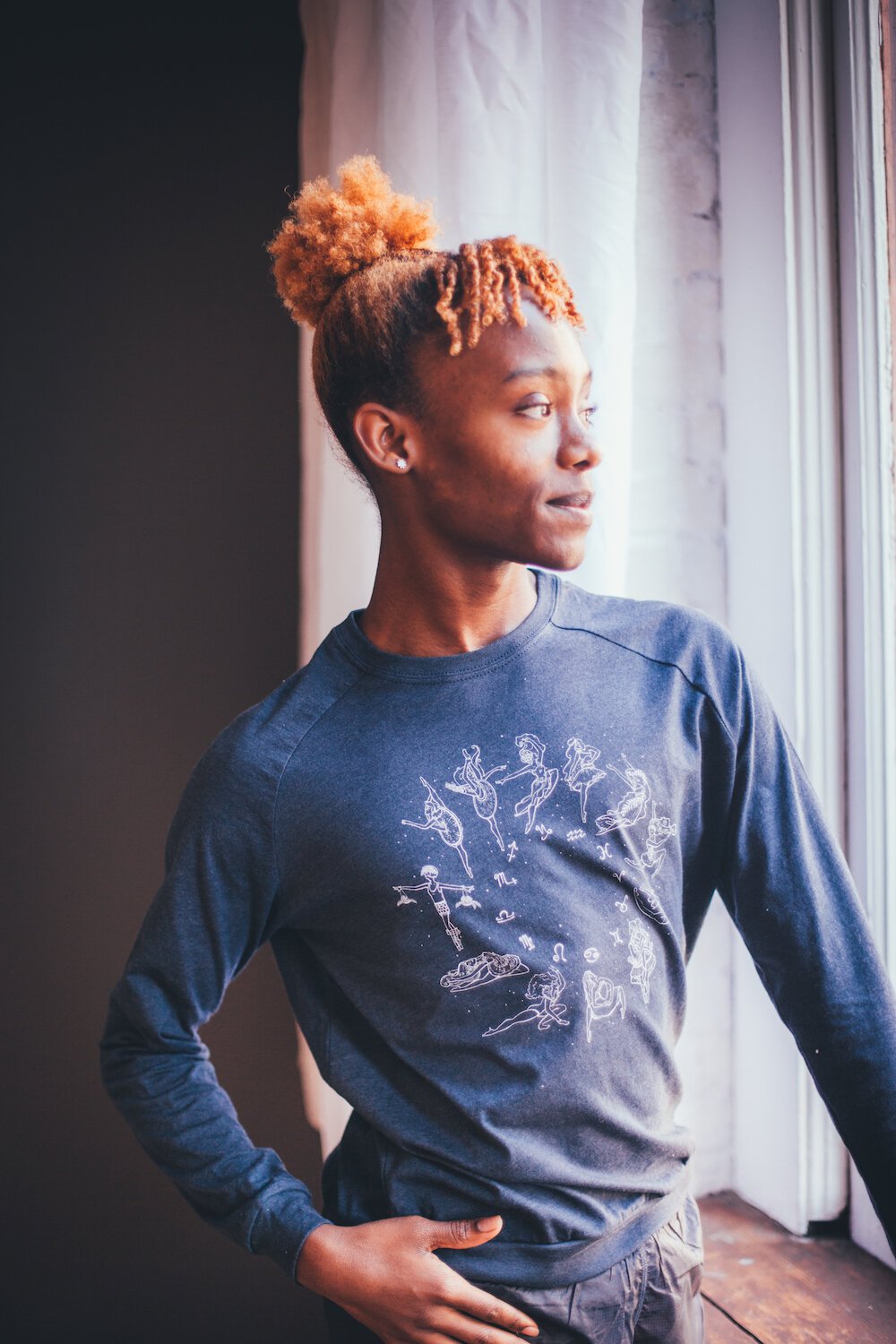
Edwards: “There are companies where I feel I would have a lot easier opportunity to succeed. But there are spaces where Black and queer people should exist. [At PNB], I recognized that this would be a great place where I could show off my talents, and then I was recognized by the Artistic Director, Peter Boal, for my uniqueness. He invited me to the summer program and then into the Professional Division Program.”
Flintside: In the recent NPR article about you, the topic centered on your Black queer identity—specifically your gender fluidity. What’s the journey been navigating these spaces, all the while pursuing ballet?
Edwards: “It was a long journey for me. I knew I was queer, and I knew I loved ballet. Ballet became my avenue to escape my environment. It was this safe place where I was recognized for my talent, and I could do or be whatever I wanted. I’ve always known ballet was going to save me. When I came to Seattle, I got to explore my sexuality. Now I’m reflecting, learning, and I’m not just this gay man. I’m more into my gender identity. It’s been a lot of discovery recently in my life.”
Flintside: You’re utilizing your gender fluidity to expand the definition of what it means to be in ballet. At PNB you’re taking male and female classes and learning to dance “en pointe.” This ability and drive to express yourself so freely, where does this stem from?
Edwards: “When I was young, I was told not to be gay. When I’m dancing and performing, I try to get back to that innocence. I try to remember the person who is so naturally themself, outgoing, excited to explore the world and to be as big and loud as possible. I try to be and focus on flowing into these characters. I want my art to reflect myself and to set a new precedent in this art form for queer and different people.”
Flintside: It’s every ballet dancer’s dream to be promoted to “principal dancer.” Do you share the same dreams and aspirations?
Edwards: “That’s the ultimate goal. I want to perform all the roles and hopefully be choreographed on them. I hope to go back to Flint and bring some people up with me. I want to get Black kids dancing and help them get into professional ballet companies. A lot of times, we don’t know it’s out there. I want to make Black kids aware there are so many opportunities and that anything is possible.”
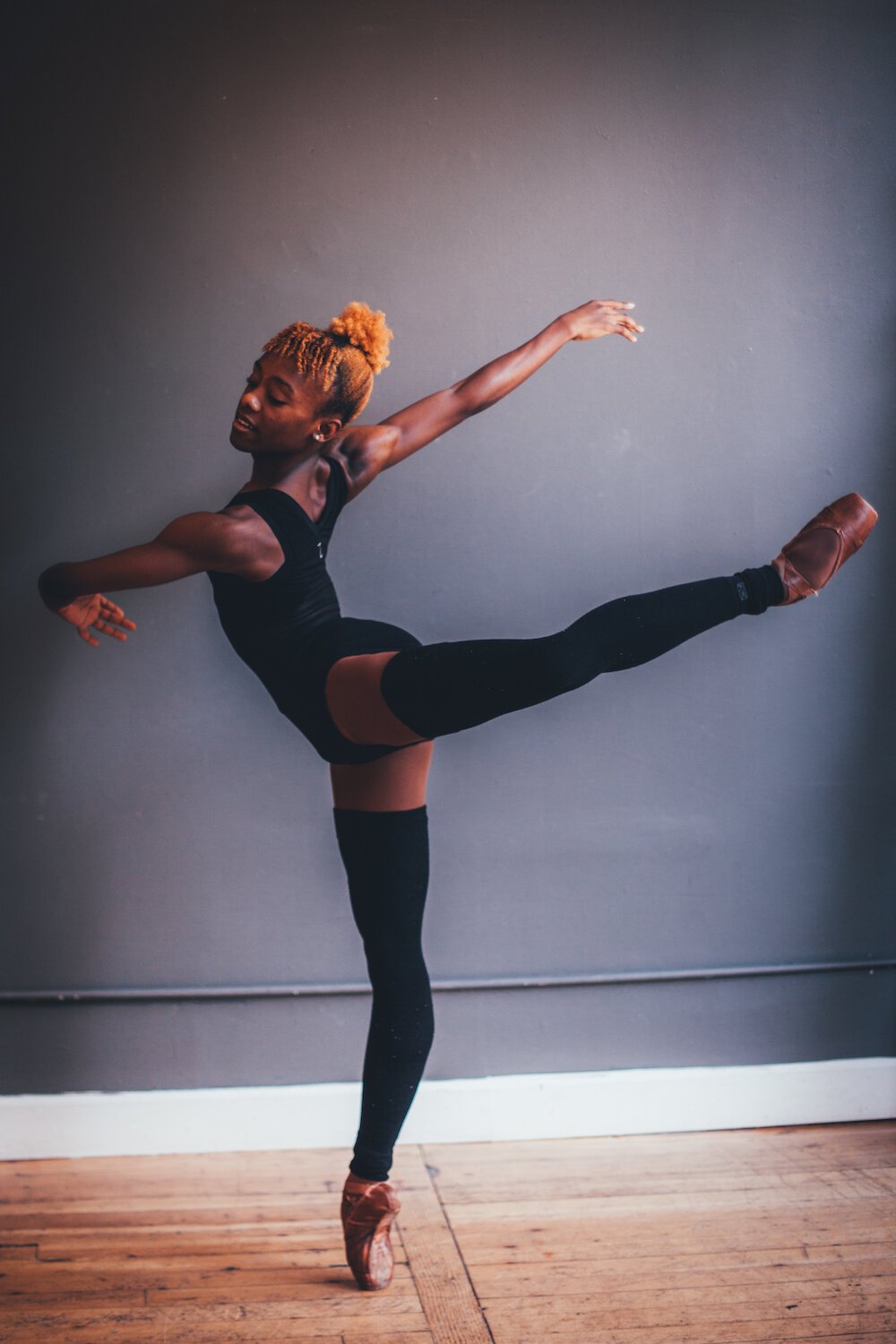
Flintside: You have a GoFundMe set up by your family to help with living expenses. How intense is it moving cross country in pursuit of your dreams?
Edwards: “It’s tough. I grew up on the northside of Flint and went to Carpenter Road school. Money was tight because I have six other siblings who all have different futures. [Now] whatever I have, I have to get myself. I dance from 8:30 a.m. to 3 p.m. every day, not including extra rehearsals for extra projects. It’s [challenging] for Black students. That’s why we have to set up those things and try to hustle as much as we can to reach that professional contract.”
Flintside: Looking back at your time in Flint to being in Seattle, when you look in the mirror, do you love this new evolved version of yourself?
Edwards: “I look at myself, and I’m pretty proud of who I am and what I accomplished. I worked hard on my craft and being clean and technical. To go past the [traditional ballet] boundaries is very tough. With so many people’s support, I overcame challenges and got past boundaries set in front of me. I didn’t give up. My life’s goal is for Black kids to know that they are so much more than their wildest dreams. Right now, I’m living my wildest dream. I never thought this was possible, but I kept chipping away. I want Black kids—Black queer kids—to know that it is so scary. But once you get past that point of fear, the other side is incredible, and it’s better than you would ever imagine.”
You can find Ashton Edwards on Instagram. If you would like to “keep Ashton dancing” you can check out and support his GoFundMe.


